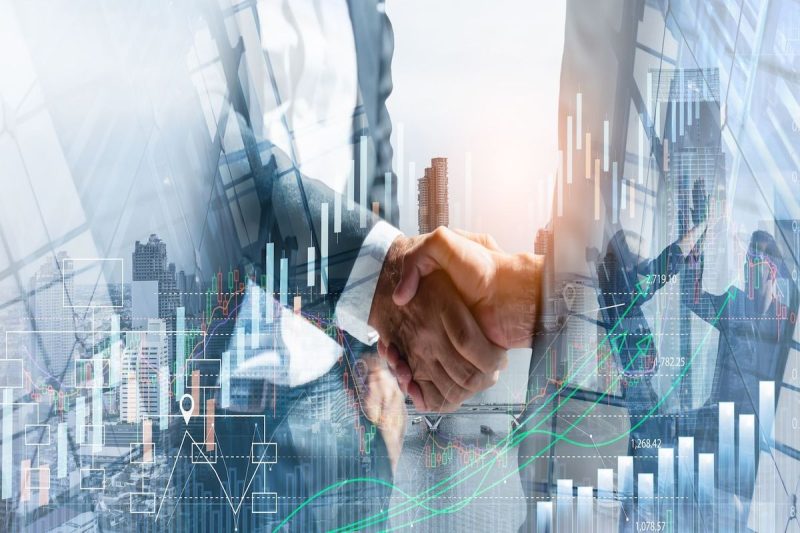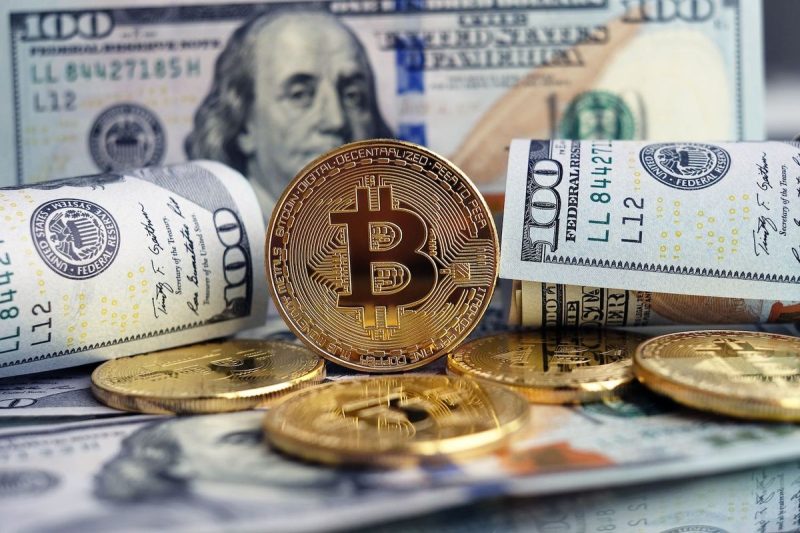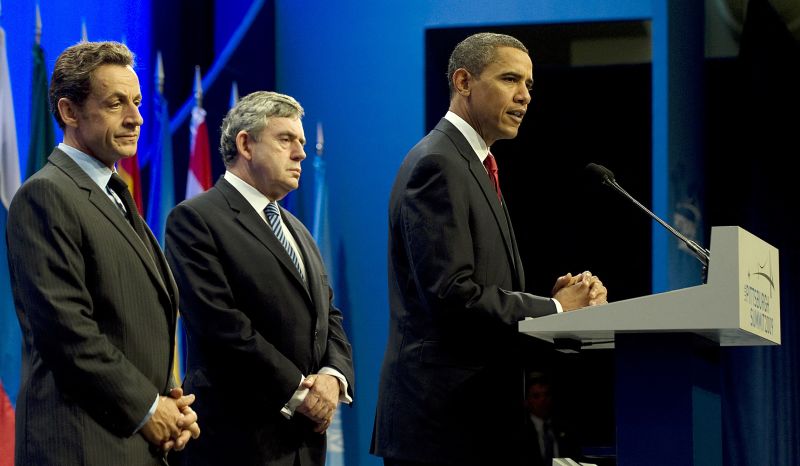
Five tunnels burrowing into a group of mountains, a large support structure and a wide security perimeter: That’s all you can see of Iran’s mysterious Fordow Fuel Enrichment Plant from recent satellite imagery.
The secretive, heavily guarded complex built close to the holy city of Qom has been fueling speculation about its true nature and size since it was first made public in 2009.
A chunk of what we do know about it comes from a trove of Iranian documents stolen years ago by Israeli intelligence.
Its main halls are an estimated 80 to 90 meters (around 262 to 295 feet) beneath the ground – safe from any aerial bomb known to be possessed by Israel, making destroying the facility from the air a near-impossible task.
As Iran’s leadership reels from a series of devastating Israeli strikes, some analysts say that it is at Fordow that Iran may rush to convert enriched uranium stockpiles into a nuclear bomb.
Israel has targeted the facility in recent days but, according to the International Atomic Energy Agency (IAEA), so far it has either been unwilling – or unable – to damage it.
Tehran has long maintained the objectives of its nuclear program are peaceful, but Fordow has been at the heart of concern over Iran’s ambitions.
“The size and configuration of this facility is inconsistent with a peaceful program,” then US President Barack Obama said in 2009 as he, along with then French President Nicolas Sarkozy and British Prime Minister Gordon Brown revealed the existence of Fordow to the world.
Just days before the announcement, the Iranians, apparently knowing Western agencies had learned about the facility, told the IAEA of their desire to build a new fuel enrichment facility. By that point construction at Fordow had been underway for years.
Tehran pushed back against the accusations, but condemnation even from ally Russia and concerns from China left it with little room to maneuver.
Construction started in the early 2000s
The US and its allies have not provided much detail on when the construction of Fordow started, but publicly available historical satellite imagery shows work at the site as far back as 2004, with photographs revealing two white square structures where the tunnel entrances are located today. The IAEA says it has additional imagery showing construction as far back as 2002.
“Fordow is actually a project that started during what we call the crash nuclear weapons program of the early 2000s,” said David Albright, head of the Washington, DC-based Institute for Science and International Security (ISIS), a nonpartisan institution dedicated to stopping the spread of nuclear weapons. “The idea was they (the Iranians) would make weapon-grade uranium in that plant, and they would obtain low-enriched uranium from the civil nuclear program in Iran.”
In 2009, a large outside support structure was already fully built and excavation was ongoing for what experts believe to be a ventilation shaft, crucial to allow air circulation into the facility. That shaft was later concealed and camouflaged, more recent imagery also shows.
Tehran explained to the IAEA in a letter dated October 2009 that the decision to build the facility underground was a result of “threats of military attacks against Iran,” adding that Fordow would serve as a contingency for the nearby Natanz plant, which, it claimed, “was among the targets threatened with military attacks.”
Iran told the IAEA the facility could house up to 3,000 centrifuges.
Nuclear deal and Israeli accusations
The dangers posed by Fordow were largely tamed as a result of the Joint Comprehensive Plan of Action (JCPOA) the so-called “Iran nuclear deal,” that required Iran to remove two-thirds of the centrifuges inside the facility, along with all nuclear material, after the facility was banned from any such work.
That process was slowly reversed when US President Donald Trump pulled out of the deal in 2018.
Further details about the facility were made public by Israeli Prime Minister Benjamin Netanyahu in 2018, after his country’s intelligence services seized more than 55,000 documents from what Israel said was Iran’s “atomic archive.”
Among the documents were detailed blueprints of Fordow and information on its objectives: To produce weapons-grade uranium, as part of Iran’s nuclear weapons program, for at least one or two nuclear weapons per year.
“We never saw any, any inconsistency,” Albright, who has combed through the documents, said of Iran’s push to develop nuclear weapons. “It’s hundreds of thousands of pages. I mean you just can’t make that amount of stuff up. I don’t think anyone challenges it, and that’s probably why there is an (IAEA) Board of Governors resolution against Iran.”
At the time, then Iranian Deputy Foreign Minister Abbas Araghchi called the revelations and Netanyahu’s comments “childish” and “laughable.” Then US Secretary of State Mike Pompeo said the US had known about the material “for a while” and believed the documents were authentic.
Protected from even the largest bombs
Recent IAEA reports suggested Iran had ramped up production of enriched uranium to a level of 60% at the Fordow facility, which, according to experts and the IAEA, now contains 2,700 centrifuges.
“The significantly increased production and accumulation of highly enriched uranium by Iran, the only non-nuclear-weapon state to produce such nuclear material, is of serious concern,” the IAEA said in a report on May 31.
“One of the things that elevated the tension, was they have no reason to do that, other than to be able to then go the next step and turn it into weapon-grade uranium,” Albright said.
“It was interpreted as they’re preparing themselves to be able to do it if they decide to. And if you’re 60%, you can turn it into weapon-grade uranium very quickly,” he added.
According to the ISIS think tank, “Iran can convert its current stock of 60 percent enriched uranium into 233 kg of weapon-grade uranium in three weeks at the Fordow Fuel Enrichment Plant,” enough for nine nuclear weapons.
That is why Fordow is a major focus of Israel’s attempts to degrade and destroy Iran’s nuclear program. But is it even feasible?
The US is the only country that possesses the kind of bomb required to strike Iran’s Fordow nuclear site, Israel’s ambassador to the US, Yechiel Leiter, said in an interview with Merit TV on Monday.
“For Fordow to be taken out by a bomb from the sky, the only country in the world that has that bomb is the United States. And that’s a decision the United States has to take, whether or not it chooses to actually pursue that course,” Leiter said. But, he added, that wasn’t the only option: “There are other ways of dealing with Fordow.”
Destroying Fordow from the air would be almost impossible for Israel, according to a March report from the UK-based Royal United Services Institute (RUSI) think tank and would require significant firepower and assistance from the United States.
It would not even be reachable by the US’ GBU-57 massive ordnance penetrator bombs, which only reach about 60 meters deep, according to the RUSI report. And the GBU-57 can only be delivered by US Air Force B-2 stealth bombers, something Israel doesn’t have – even if the US would give it the bombs.
“Even the GBU-57/B would likely require multiple impacts at the same aiming point to have a good chance of penetrating the facility,” said the report.
Other analysts agree, saying, if the US were to try to hit Fordow, it probably couldn’t be done with one bomb.
Albright says there could be other ways to disable Fordow.
“Israel could probably destroy the tunnel entrances pretty far back, and certainly destroy the ventilation system,” he said. “If you destroyed (the tunnels) and the electric electrical supply, it would be months before they could really operate.”
Despite its crucial role in Iran’s nuclear program, Albright believes Fordow is just another piece of the puzzle.
“If you destroy it, it’s not the end of the line, because you then go to the next threat, which is, how many centrifuges has Iran made that they didn’t deploy at Fordow and Natanz? And where are they?” he said.
“I think people over-emphasize the need to destroy it by bringing down its ceilings, which admittedly, probably only the US can do.”






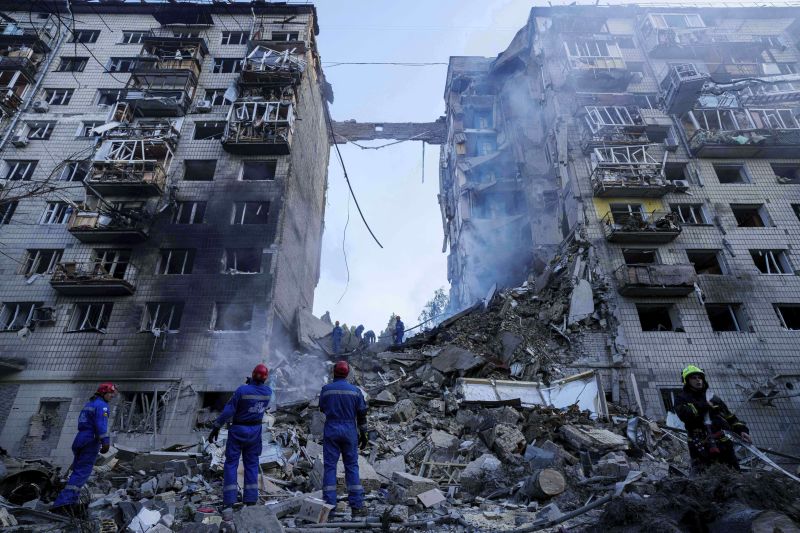

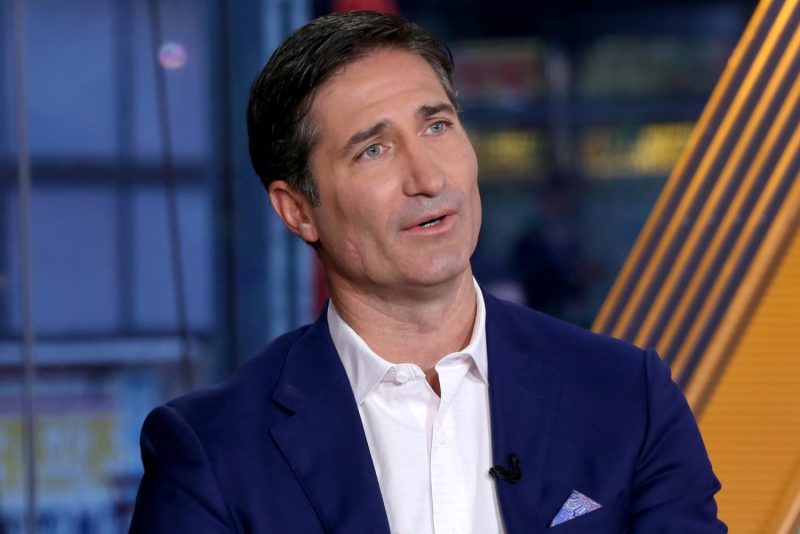

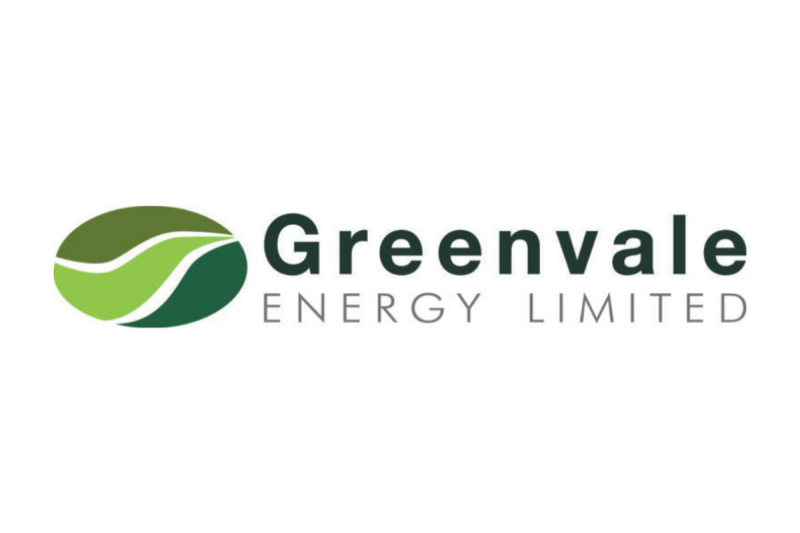
 Greenvale Energy (GRV:AU) has announced Significant Uranium anomalies identified across the NT
Greenvale Energy (GRV:AU) has announced Significant Uranium anomalies identified across the NT
